The Athearn Genesis ATHG75642 SD60M Tri - Clops is a remarkable HO scale model train. Representing the CPR Canadian Pacific #6259, it comes equipped with DCC and sound features. The CP - specific features include full CP repaints (ex - SOO), illuminated number boards at the front and rear, ditch lights, a winterization hatch, and a fresh - looking repaint. By the 2000s, the 5 SOO SD60M's got full CP make - overs. They kept their rear number boards and also got rear ditch lights, making them a favorite among CP railfans. The road number #6259 has unique features like being ex - SOO #6059, having a large front plow, a firecracker antenna, and a high nose door window. The SD60M 'Tri - Clops' series locomotive has a host of great features. It has coupler cut levers, flexible hoses, MU stands, and more. It also has detailed parts like a fuel tank with fillers, gauges, and breather pipes. The locomotive is DCC - ready with Quick Plug™ technology and a 21 - pin NEM connector. It has a high - quality driveline, all - wheel drive, and electrical pickup for smooth operation. The LED lighting gives it a realistic look, and the heavy die - cast frame provides good traction. The Sound - equipped models come with an onboard DCC decoder with SoundTraxx Tsunami2 sound, dual cube speakers, and operate in both DC and DCC. The 'Legendary Liveries' are an Athearn exclusive, offering unique paint schemes for collecting or just having fun. In 1984, EMD introduced the SD60, and in 1989, the SD60M with the 'Tri - Clops' cab was born. These locomotives were ordered by different railroads, with the SOO Line units going to Canadian Pacific.
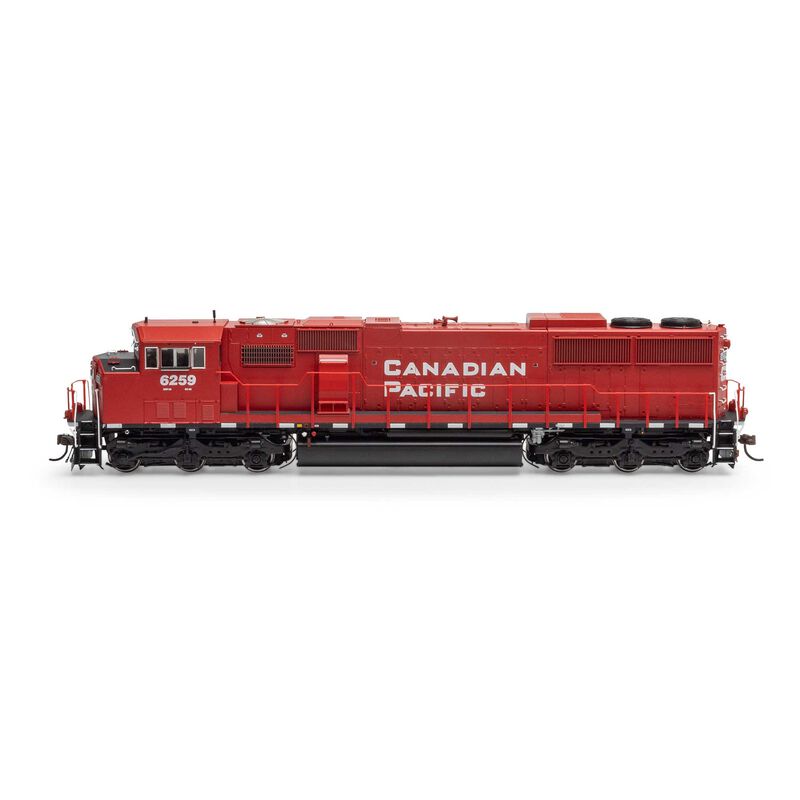
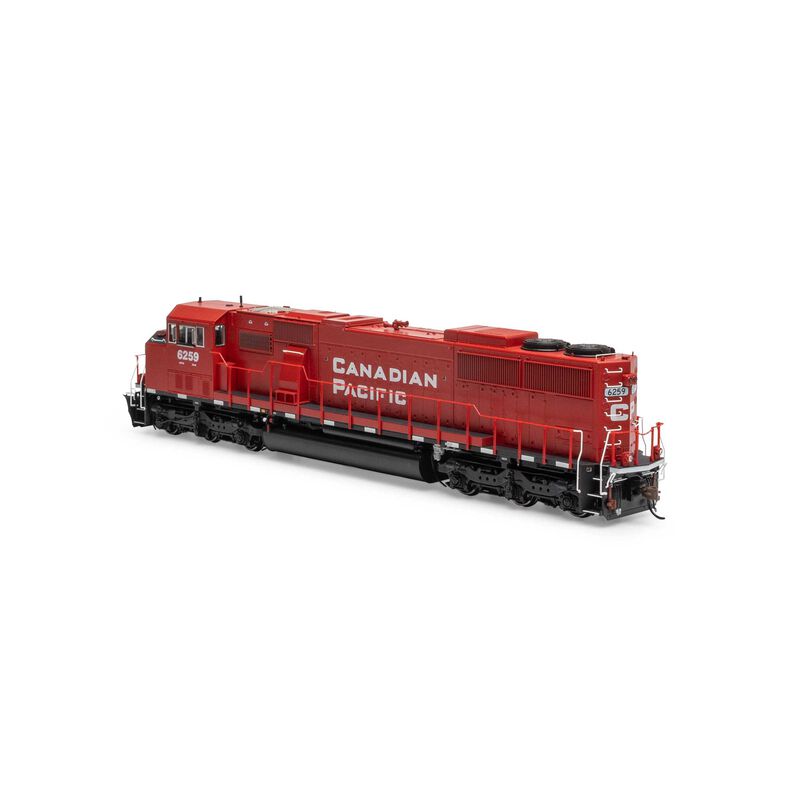
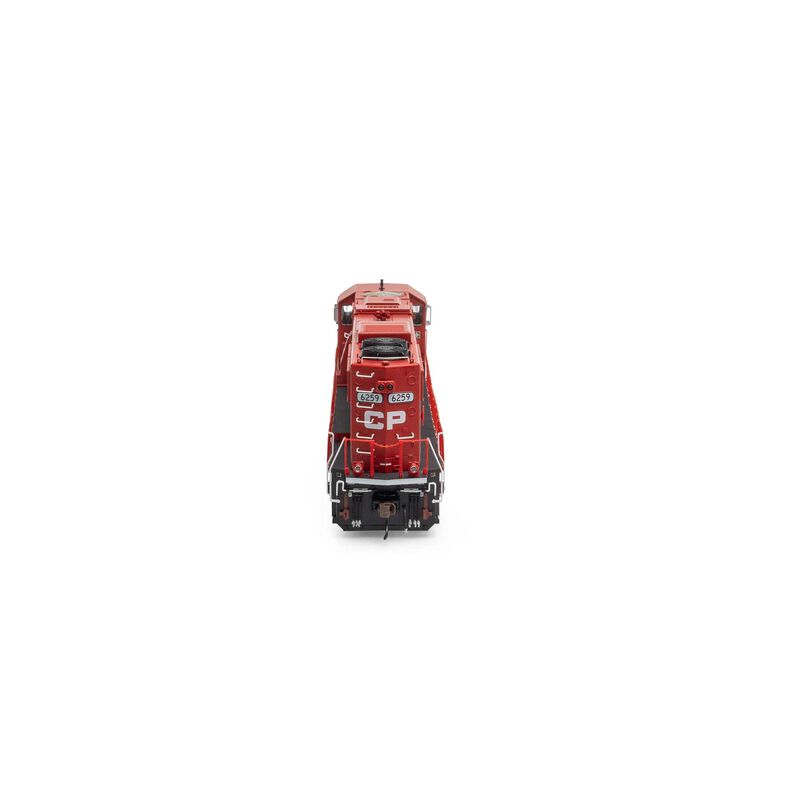
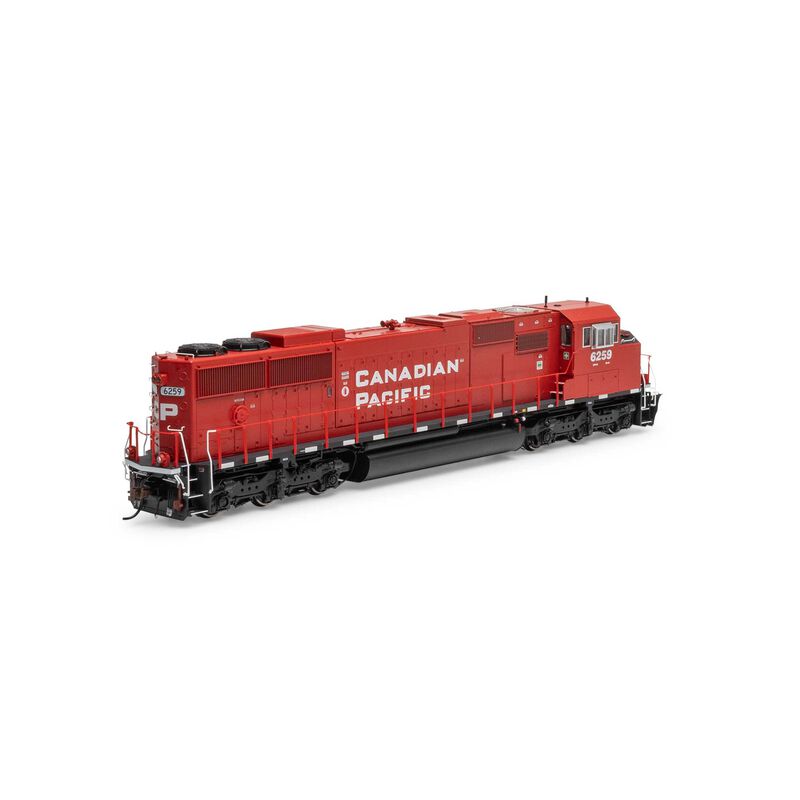

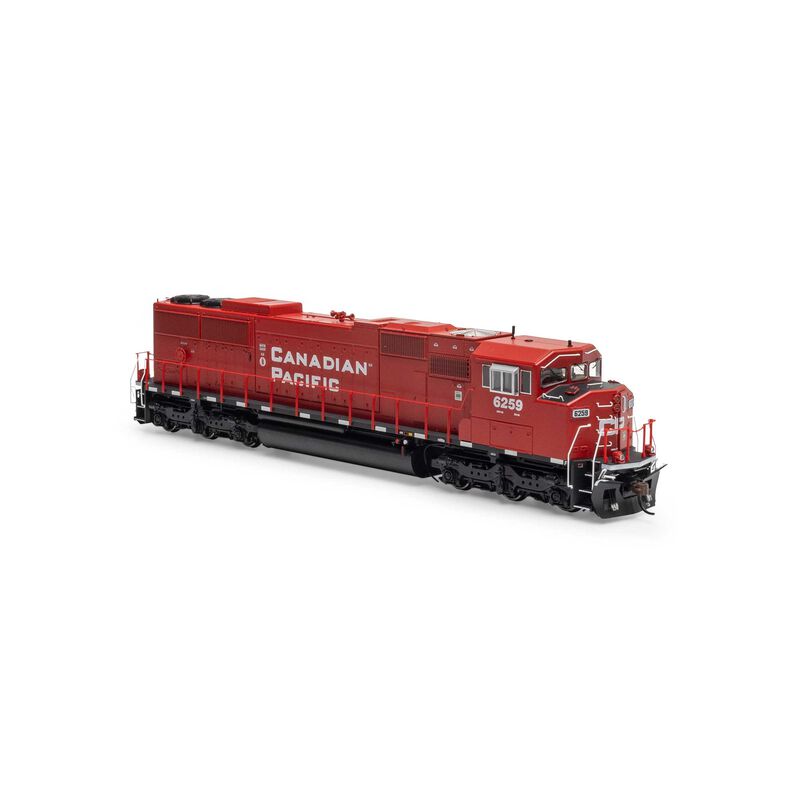
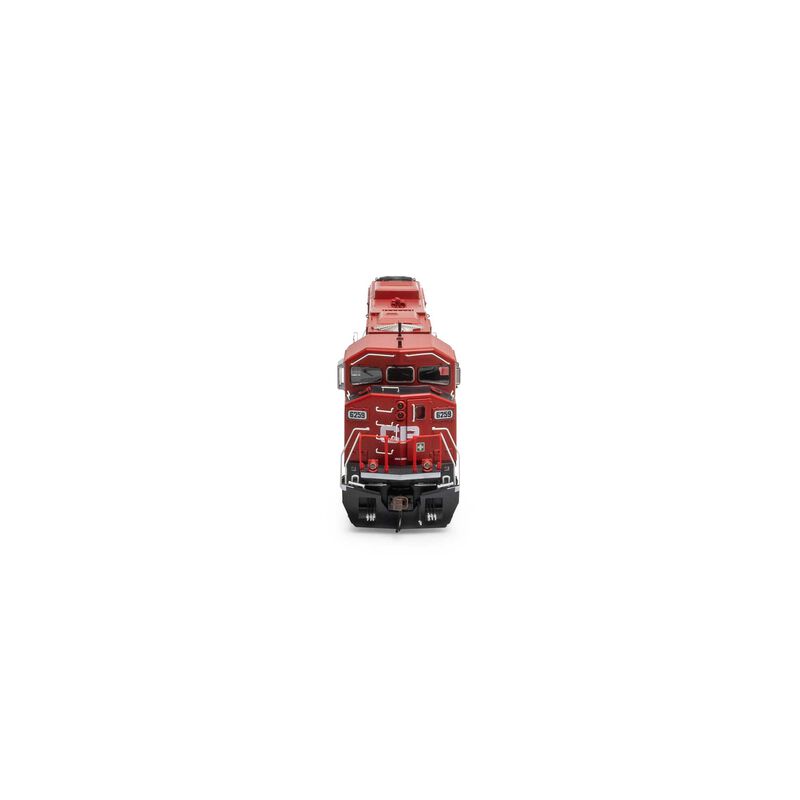

Using this Athearn Genesis HO scale model train is a breeze. First, make sure you have the right track that meets the minimum radius of 18 inches, though a 22 - inch radius is recommended. If you're using DCC, connect it to your DCC system using the Quick Plug™ plug - and - play technology with the 21 - pin NEM connector. In DC mode, you can still enjoy basic functions like engine, horn, and bell sounds. When it comes to maintenance, keep the locomotive clean. Use a soft brush to remove dust from the body, wheels, and electrical contacts. Check the couplers regularly to ensure they are working properly. If you notice any issues with the sound or DCC functions, refer to the CV chart included in the box to make necessary adjustments. Store the locomotive in its packaging when not in use to keep it safe and protected.









